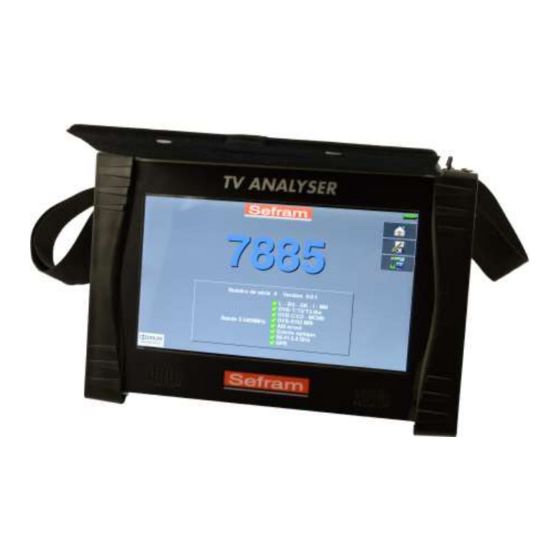
Table of Contents
Advertisement
Quick Links
– 788x –
7880-7881-7882-7885
EXPERT TV METERS
USER MANUAL
This product contains one or more programs protected under international and US copyright laws as un-
published works. They are confidential and proprietary to Dolby laboratories. Their reproduction or disclo-
sure, in whole or in part, or the production of derivative works there from without the express permission of
Dolby Laboratories is prohibited. Copyright 2003-2005 by Dolby Laboratories. All rights reserved.
November 2017
M7885001A/01
Advertisement
Table of Contents

















Need help?
Do you have a question about the 7880 and is the answer not in the manual?
Questions and answers